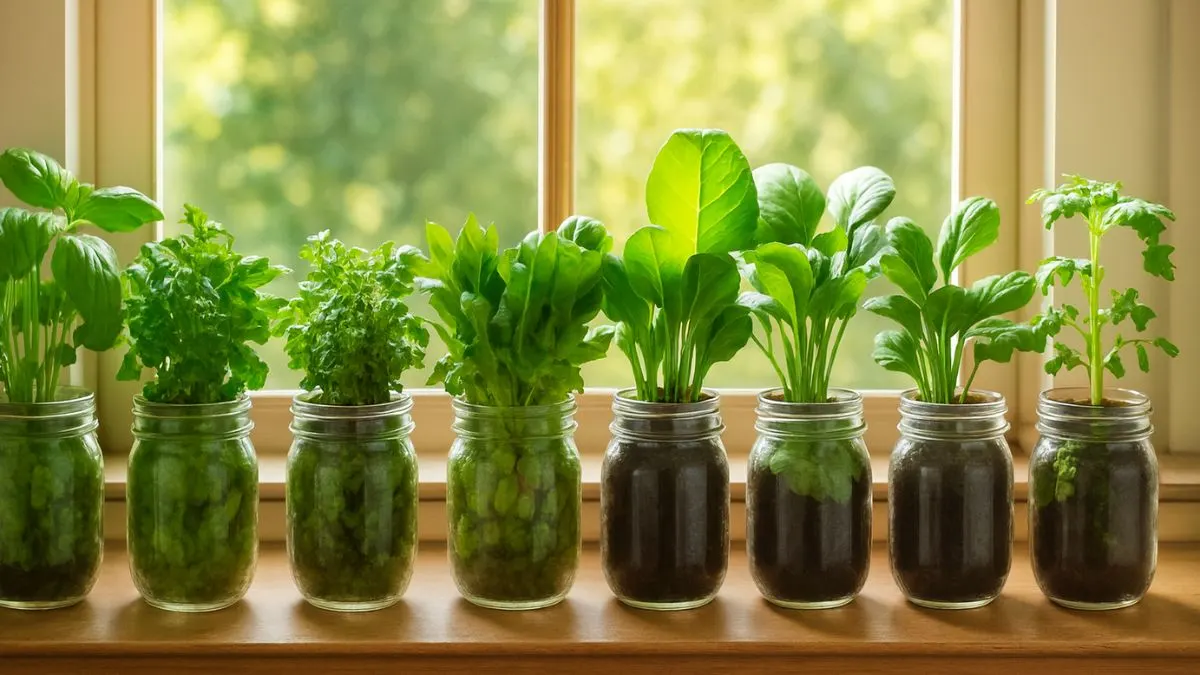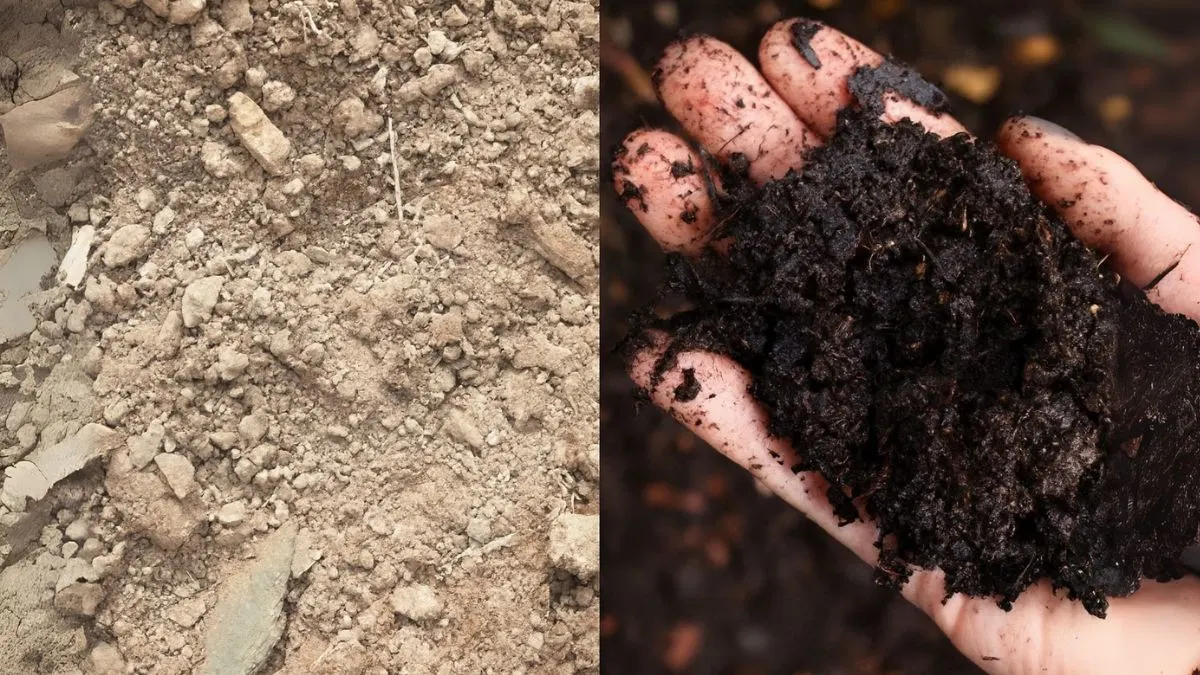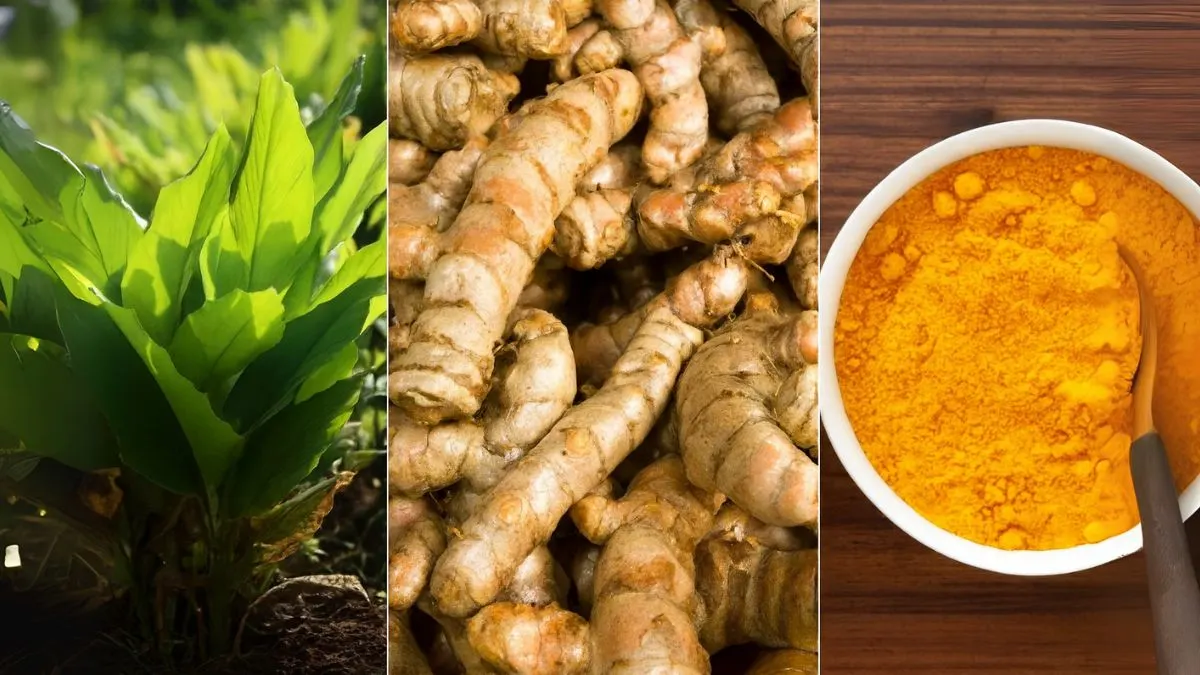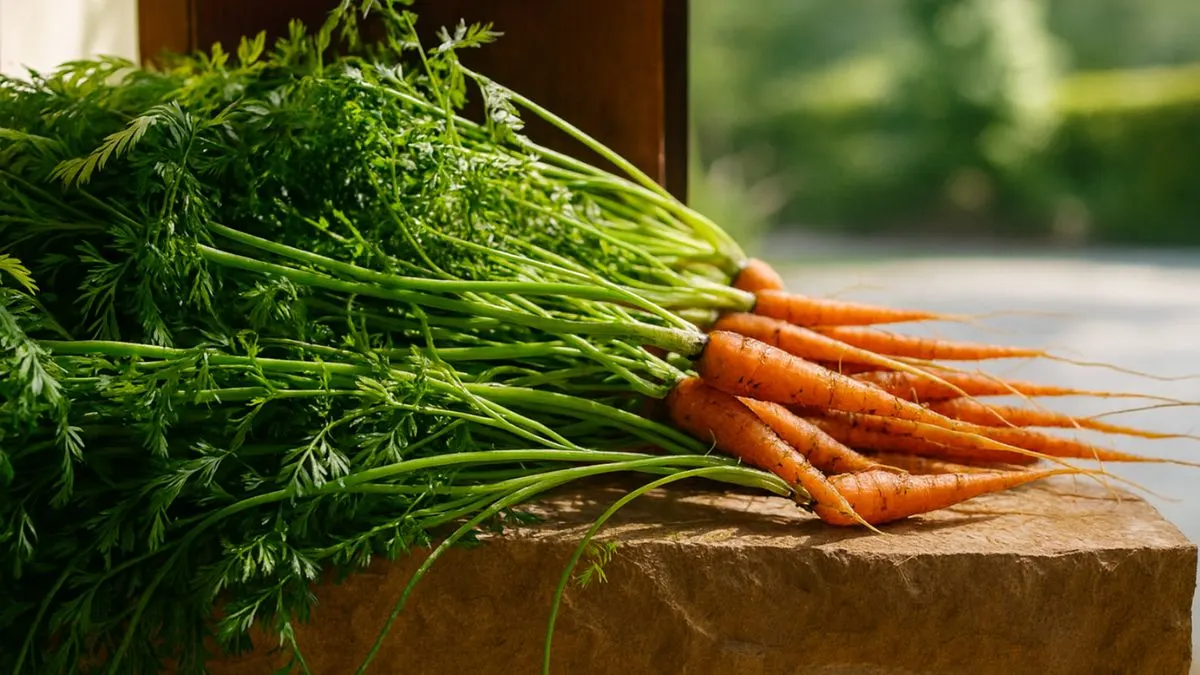Fresh food in glass jars feels delightfully hands-on. It’s tidy, portable, and surprisingly productive. After experimenting with jars on a bright kitchen shelf, it became a weekly ritual: trim basil for pasta, snip oregano for eggs, harvest microgreen radish for crunch, and keep a mint sprig rooting at all times. With a few simple methods—soil or hydroponic—Fresh food grown in Mason Jars isn’t just possible; it’s repeatable.
Mason Jar Methods: Soil vs. Hydroponic
Hydroponic jar gardens use water plus nutrients and a passive setup (like the Kratky method), ideal for Herbs and leafy greens indoors with strong light. A basic build uses a net pot in the jar mouth, clay pebbles, and hydroponic nutrients; paint or sleeve the jar to block light and prevent algae, and keep water just touching the root zone. Soil-in-jar works for microgreens and shallow-rooted greens—fill ¾ with moist mix, sow densely, and harvest in 7–14 days for peak nutrition.
A simple hydroponic jar setup can be assembled in minutes; add nutrients, good light, and top up water as plants grow.
What Grows Best in Mason Jars
Below, find plants that thrive in jars—each with a short, practical how-to and care tips. These are suitable for year-round windowsill growing across Canada, the USA, and worldwide, provided there’s adequate light.

Basil
Basil loves bright light and consistent moisture. In hydroponic jars, it grows fast with a steady nutrient solution and at least 6 hours of light (more is better). Pinch regularly above a node to encourage bushy growth and prevent early flowering. Start from seed in rockwool or transplant a small nursery plant into a net pot with pebbles. Among Herbs, basil becomes a staple because it rebounds quickly after each harvest. Most herbs are naturally easy to grow, and basil is no exception.
Mint
Mint grows quickly in water, making it a perfect jar candidate. Snip a healthy sprig, strip lower leaves, and place stems in fresh water—roots typically appear within 1–2 weeks. Refresh water often to keep it oxygenated, then pot up in soil or transition to hydro when roots are established. Keep mint contained; it spreads aggressively in soil, but jars keep it in check.
Oregano
A compact, productive herb indoors. Start in a hydroponic jar or soil mix with strong light. Trim lightly and often; oregano intensifies in flavor with steady sun and regular cutting. Because Most herbs are naturally easy to grow, oregano thrives on minimal fuss once light and airflow are right.
Also Read: How to Grow New Poinsettias at Home
Watercress
A natural fit for water-forward systems. In a hydroponic jar, watercress performs beautifully with clean water, nutrients, and bright light. Clip frequently for peppery garnish and salads. Keep water levels stable and replace periodically to avoid stagnation.
Lettuces and Spinach
Lettuces, spinach, and herbs are outstanding in jar systems, especially as baby leaves. Use hydro jars or soil-filled jars for cut-and-come-again harvesting. Sow densely, thin lightly, and harvest leaves when tender. Bright light, cool temperatures, and steady moisture maintain crisp texture and flavor.
Radish, Turnip, Beet, Kohlrabi
For jars, grow these as microgreens rather than full bulbs—space is limited. Microgreens of radish, turnip, beet, kholrabi deliver intense flavors and vibrant colors in just 7–14 days. Fill the jar with 1–2in of moist soil, sow thickly, blackout briefly, then move to light and snip above the soil line for harvest.
Dandelions
Dandelions are nutrient-dense and surprisingly tasty. Baby leaves grown in jars offer a pleasant bitterness for salads. Use a soil method in a bright window, keep evenly moist, and harvest young leaves for best flavor. They fit well in the “edible greens” rotation for continuous picking.
Tomatoes
Tomatoes can be challenging in jars due to root volume and nutrient demand, but dwarf or micro-determinate varieties can be trialed in larger glass vessels or converted jar-planters with support and robust lighting. If attempting hydroponic micro-tomatoes, ensure strong supplemental light and diligent nutrient management; careful pruning and staking will help. For most beginners, prioritize herbs and microgreens first, then experiment with micro tomato cultivars as skills grow.
What to Grow and How
| Plant | Best Jar Method | Key Tips |
| Basil | Hydro or soil | Strong light, steady pinching, nutrient top-ups |
| Mint | Water rooting -> soil/hydro | Change water often; roots in 1–2 weeks |
| Oregano | Hydro or soil | Bright light; frequent light harvests |
| Watercress | Hydro | Keep water clean, nutrient-balanced |
| Lettuces, Spinach | Hydro or soil | Baby-leaf harvest; cool conditions |
| Radish/Turnip/Beet/Kohlrabi (microgreens) | Soil in jar | Dense sowing; harvest in 7–14 days |
| Dandelions | Soil | Harvest young leaves for milder taste |
| Tomatoes (micro/dwarf) | Advanced hydro/large jar | Strong light; vigilant nutrients |
My Simple Mason Jar Routine
For Herbs, I run a shelf of hydro jars using net pots, clay pebbles, and a mild nutrient solution. Basil on the left, oregano in the middle, mint rooting in clear water at the end. A second row holds soil jars for microgreens—radish and beet are the weekly go-tos for color and zip. Swapping jars and reseeding takes minutes, yet the yield is enough to garnish dinners and elevate lunches. Most herbs are naturally easy to grow, and with jars, they’re also easy to access.
Also Read: 8 Fall Garden Tasks You Can’t Ignore
Pro Build Notes and Light
- Hydro basics: Paint or sleeve jars to block light, set water just at the net pot base, and top up as roots grow; keep nutrients balanced.
- Ease of setup: The Kratky-style jar approach needs no pump and pairs well with bright windows or a small LED grow light.
- Microgreens speed: Soil-in-jar microgreens deliver within a week or two—ideal for radish, kale family, and beet greens.
Tiny Jars, Big Flavor
With the right picks, you can maintain Fresh food grown in Mason Jars all year: Basil for pesto, Mint for teas, oregano for pizzas, watercress for sandwiches, lettuces and spinach for salads, plus fast-turn microgreens like radish, turnip, beet, kholrabi. Tomatoes are possible with dwarf types and strong light, but start with Herbs and greens first. Most herbs are naturally easy to grow, and Mint Mint grows quickly in water—proof that jars can be both beautiful and bountiful. This approach scales for homes across Canada, the USA, and around the world—start small, harvest often, and enjoy fresh flavor daily.
Call to action: Set up two hydro jars (basil and oregano), one water jar for mint cuttings, and three soil jars for microgreens this weekend. In 7–14 days, you’ll taste the difference—grown by hand, right on the windowsill



